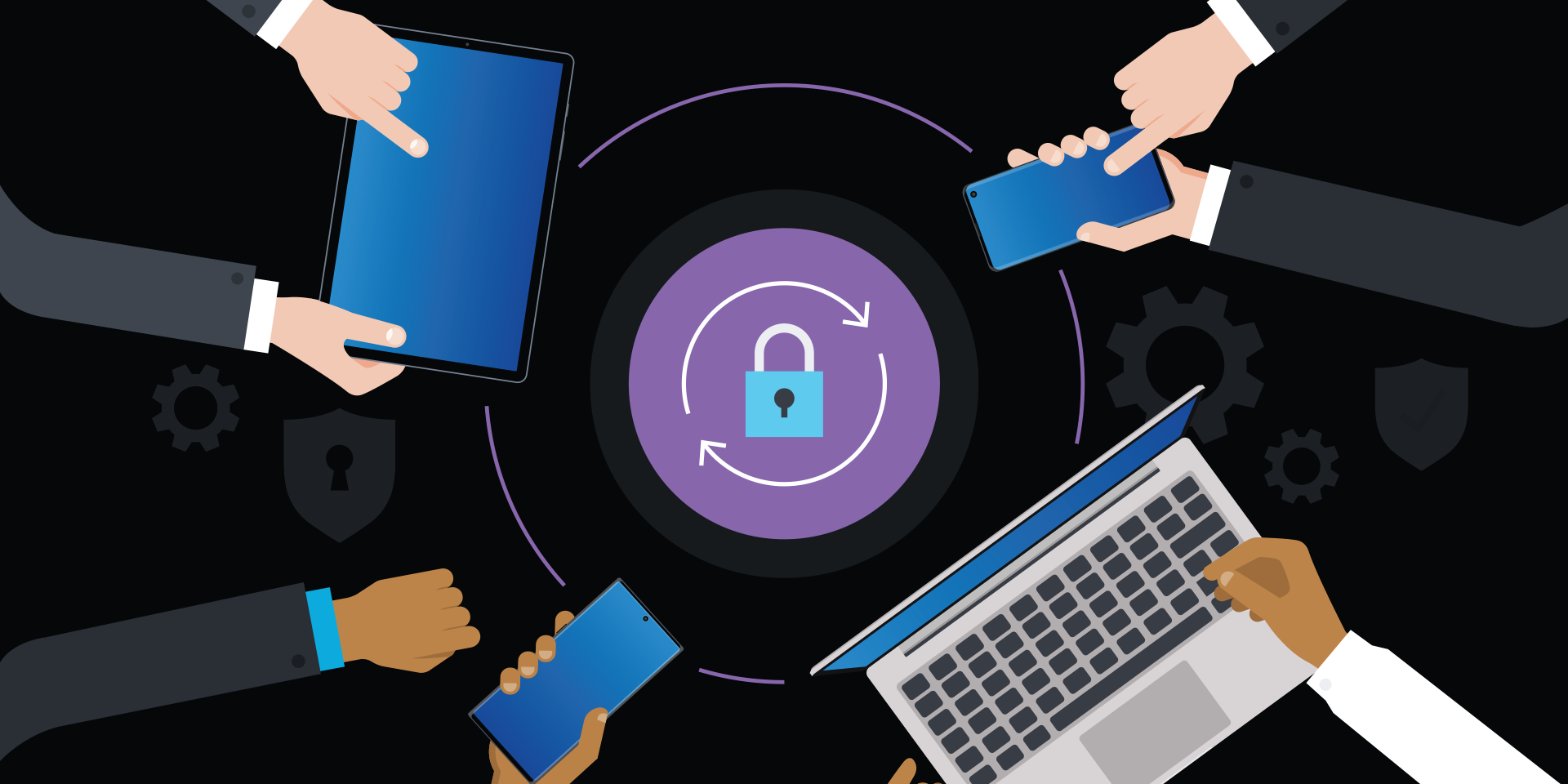Ever since the first smartphones and tablets began to penetrate the enterprise, bringing enhancements in productivity by freeing users from the shackles of desktop-focused computing, it has been necessary for IT departments to exert some form of control over their mobile fleets. This gave rise to the earliest mobile device management (MDM) solutions, which enforced usage policies and enhanced security postures. MDM in turn has evolved over the past decade into true enterprise mobility management (EMM) and — more recently — unified endpoint management (UEM) solutions, which address the totality of computing and transactional power that exists both within and beyond the traditional, closed corporate network.
The problem of unmanaged, unsecured business devices
Be it Samsung Knox Suite or one of our many partner UEM solutions, there exists an abundance of choice when it comes to EMM or UEM. Not every customer, however, requires the breadth and depth of functionality that a full-stack EMM or UEM solution delivers. Even those that could benefit from a more advanced solution may find them overly complex at first glance, even though the industry continues to enhance functionality and remove complexity with the use of decision-support AI and other methods.
Mobile device management for beginners
Get started with MDM so your organization can spend less and do more — securely and efficiently. Download Now
In fact, a variety of industry estimates suggest that a low percentage of mobile devices being used for business purposes are being managed by an EMM or UEM solution, with the majority either employing basic app management or left completely unmanaged. This puts everyone at risk: the businesses or organizations, the underlying infrastructure, the individual users themselves and even customers or other third parties whose data might be transacted on those devices.
In an increasingly complex digital world where trust and privacy are of paramount concern to everyone, it is simply unconscionable that any device being used in a business setting not have some form of basic security and control exerted over it. That’s why at Samsung Electronics we embed our defense-grade Knox security platform — which extends the core security of Android Enterprise — into every mobile device that we build.
Android Enterprise Essentials jump-starts device management
Built-in security is necessary, but so is ensuring that a device is properly managed and has controls in place to restrict end-user mistakes. As mentioned above, full EMM or UEM solutions may exceed requirements in certain environments. This explains at least in part why three quarters of devices aren’t managed at all. Often, a more lightweight solution is required to address some basic needs.
That’s why Samsung is pleased to support Google’s launch of the new Android Enterprise Essentials service. Android Enterprise Essentials provides just what its name promises: a way for every business regardless of size, budget and IT sophistication to enforce essential control over certain aspects of devices that connect to their environment.
For those customers that require or are ready for a more advanced solution set, we recommend testing Samsung Knox Suite or one of our many partner UEM solutions. But if you have no management infrastructure in place today, please do yourself, your employees, your partners and your customers a favor by taking advantage of the lighter-touch Android Enterprise Essentials service until such a time as you are ready for something more.
In the meantime, Samsung and Google continue to collaborate extensively and closely on a wide range of products and services, including future product integration between Android Enterprise Essentials and Samsung Knox services.
To learn more about Android Enterprise Essentials and how it makes mobile security easy and affordable for businesses, please register for the Digital Launch Event.






